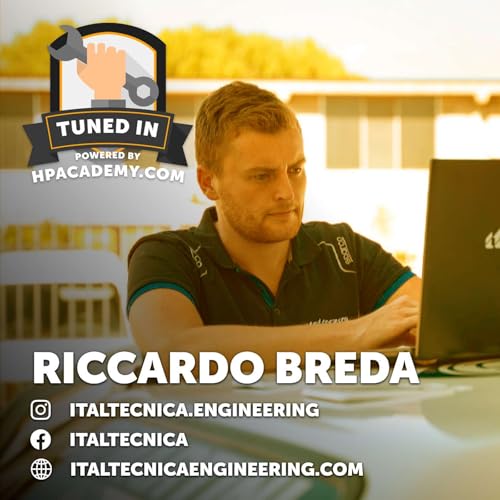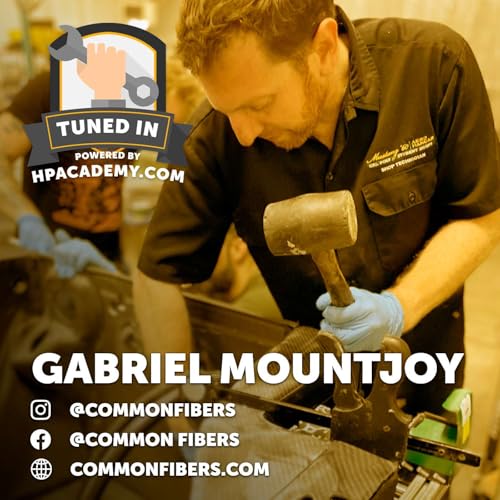Whether it’s a bespoke quad-turbo V12 or a modified OE production engine, the fundamentals remain the same—we’re all looking for those extra gains. Italtecnica’s Riccardo Breda is here to break down the core concepts that could help you take your engine build to the next level.
👉 Use the code ‘PODCAST500’ to get $500 OFF HPA's VIP Package: https://hpcdmy.co/podvip
In this episode of Tuned In, Riccardo discusses his journey into automotive engineering and his role as an engine designer at Italtecnica, a company specialising in resto-mods, engine development, design, and manufacturing, working with brands like Ferrari and Maserati.
The conversation explores the evolution of Italtecnica, the challenges and innovations in resto-mod projects, and the range of engines currently being produced and developed. That includes a new naturally aspirated V12 for racing, along with a homologated version for road use. He also talks about the challenges of balancing power output with emissions compliance in modern engine design.
We dive into key fundamentals of engine design, including compression ratio, bearing clearance, rod-to-stroke ratio, cylinder head design, and different methods of valve actuation. The conversation also touches on the Atkinson cycle and how it can be replicated with variable valve timing.
It’s not every day you get to tap into the mind of someone designing bespoke high-performance engines from the ground up. This episode is jam-packed with insight and a must-listen for anyone interested in engine building.
👉 Use the code ‘PODCAST500’ to get $500 OFF HPA's VIP Package: https://hpcdmy.co/podvip
Follow Riccardo here:
Instagram: italtecnica.engineering
Facebook: italtecnica
WWW: italtecnicaengineering.com
Timestamps:
0:00 Inside the Art of Bespoke Engine Building
4:35 How did you become interested in cars?
8:46 Once you Graduated what did your work career look like?
9:50 What’s the history of Italtecnica?
14:05 What is the Kimera EVO37?
17:43 What is different about modern cylinder head design?
20:19 What engines are you working on and offering in 2025?
21:52 The V12 NA engine you’re producing, who is the target market?
25:29 What sort of HP and RPM will the V12 produce?
28:12 It’s not all about HP figures and 0-60 times
30:10 How do you decide on a rpm limit for a bespoke v12 engine?
37:34 Atkinson cycle, How do we mimic with VVT?
41:44 How do you decide on a compression ratio when designing an engine?
45:03 Can you simulate knock threshold in a virtual model?
47:37 How much do you consider rod to stroke ratio?
53:36 What’s your take on bearing/oil clearances?
1:02:18 What drives your bank angle decision?
1:08:21 What type of valve actuation are you using?
1:14:40 What’s your lifespan between rebuilds on your engines?
1:15:46 What material do you use for your pistons?
1:18:25 How close are real world numbers to your simulations?
1:22:46 What are the cost challenges with cast parts and low production numbers?
1:27:14 Final 3 questions
 Sep 24 20251 h et 35 min
Sep 24 20251 h et 35 min 1 h et 46 min
1 h et 46 min Aug 27 20251 h et 56 min
Aug 27 20251 h et 56 min Aug 13 20251 h et 38 min
Aug 13 20251 h et 38 min 2 h
2 h Jul 21 202510 min
Jul 21 202510 min 1 h et 22 min
1 h et 22 min 9 min
9 min

